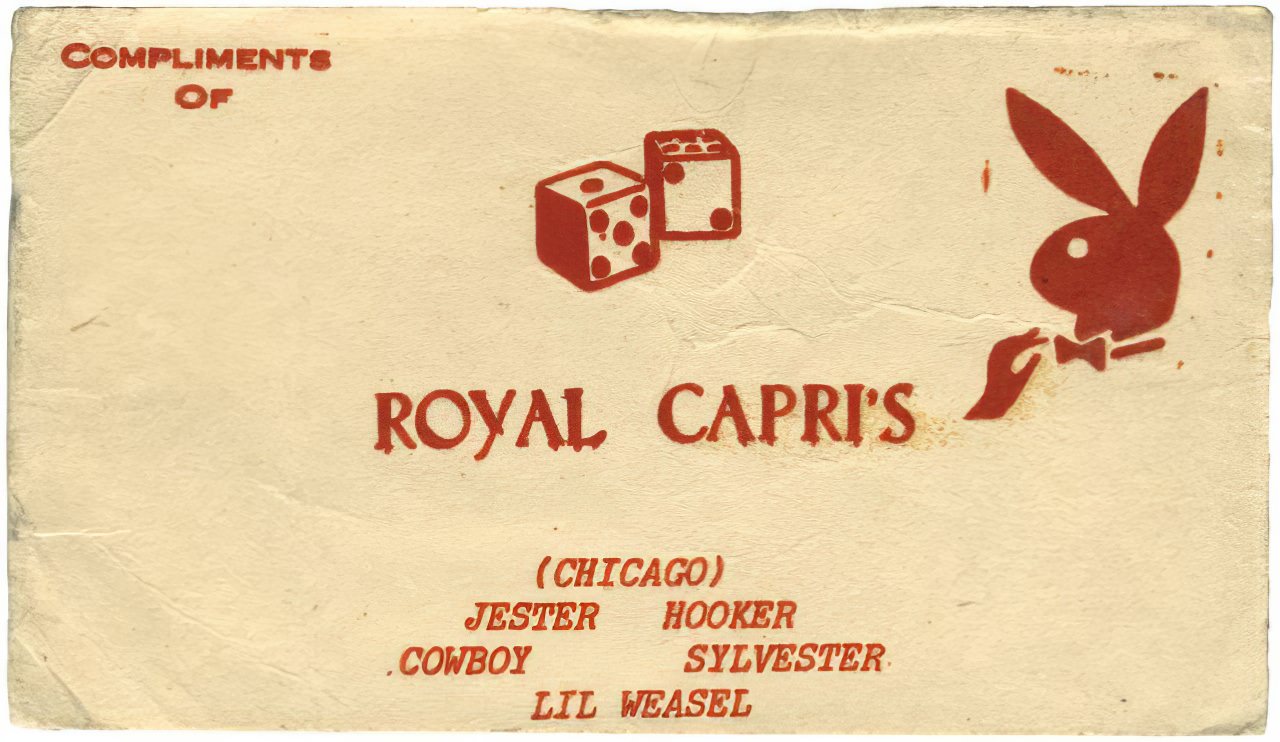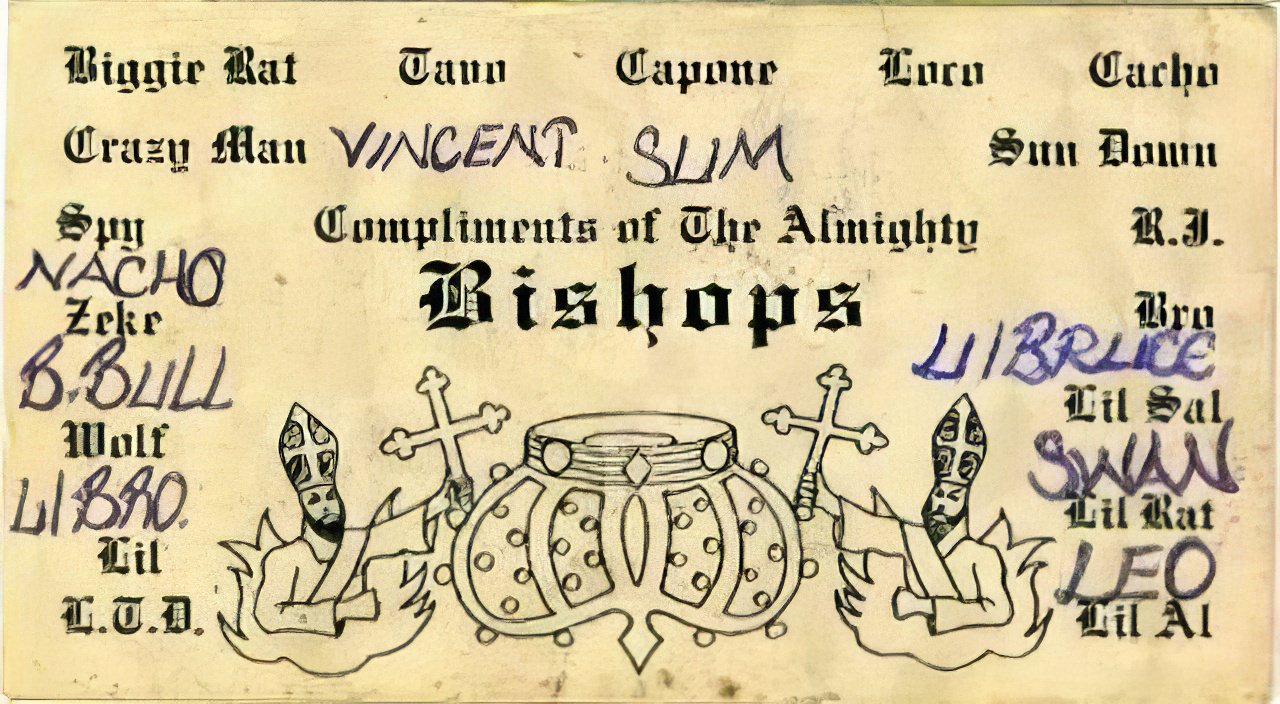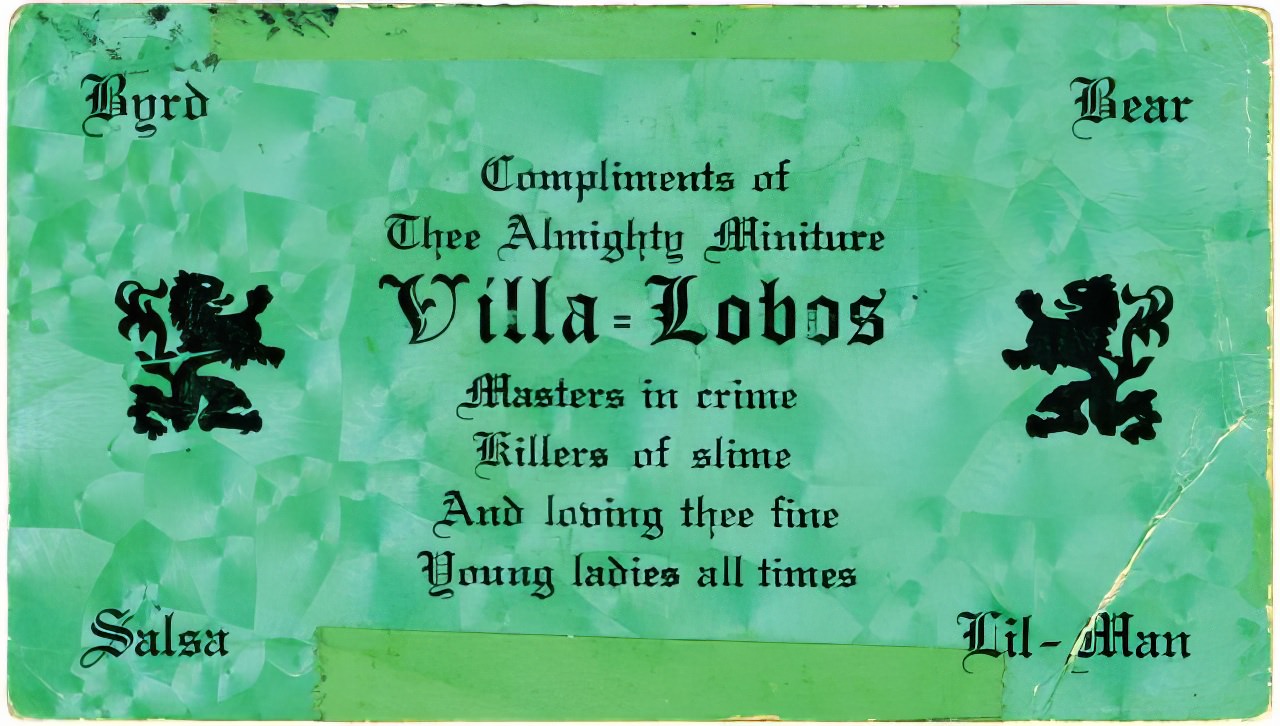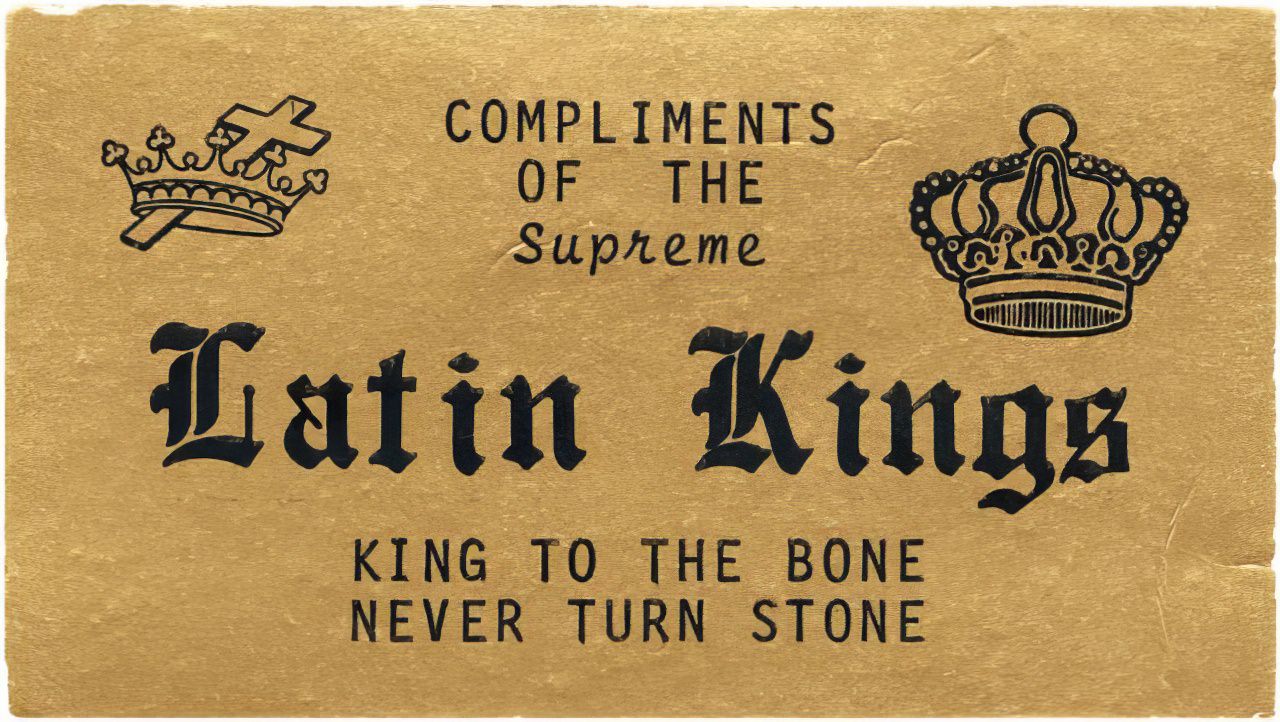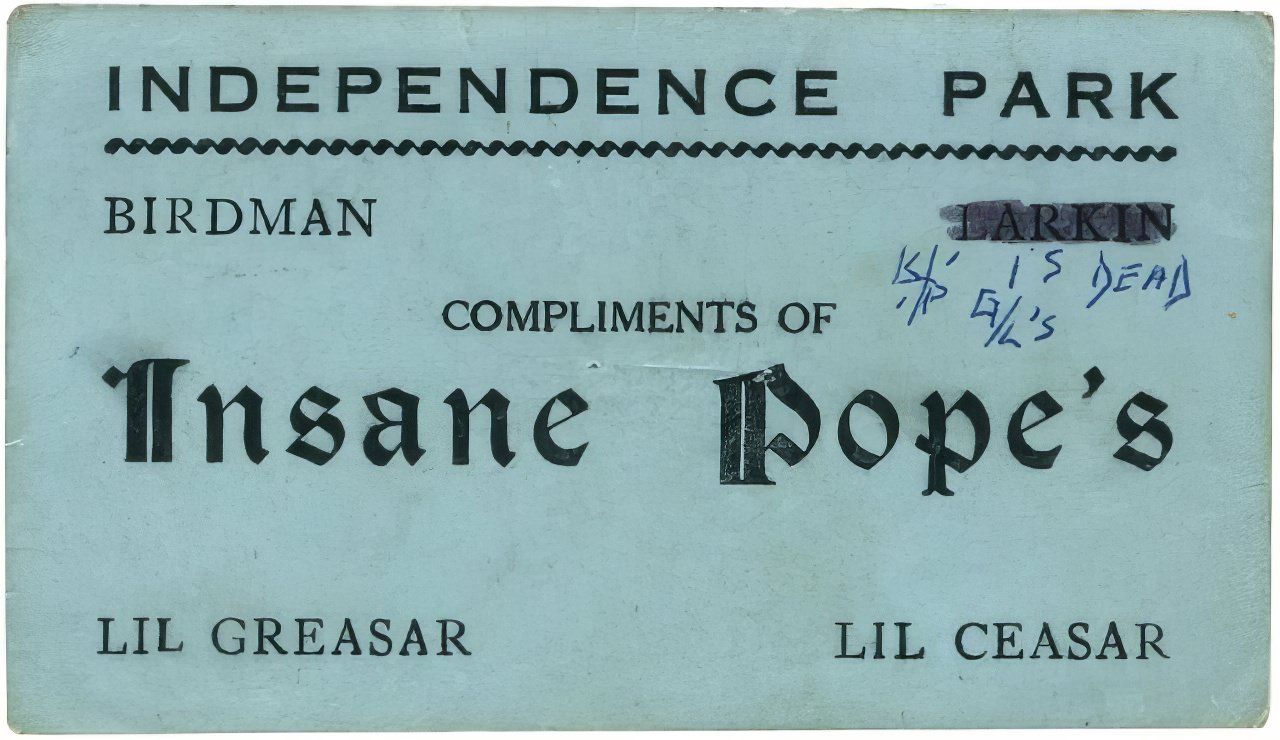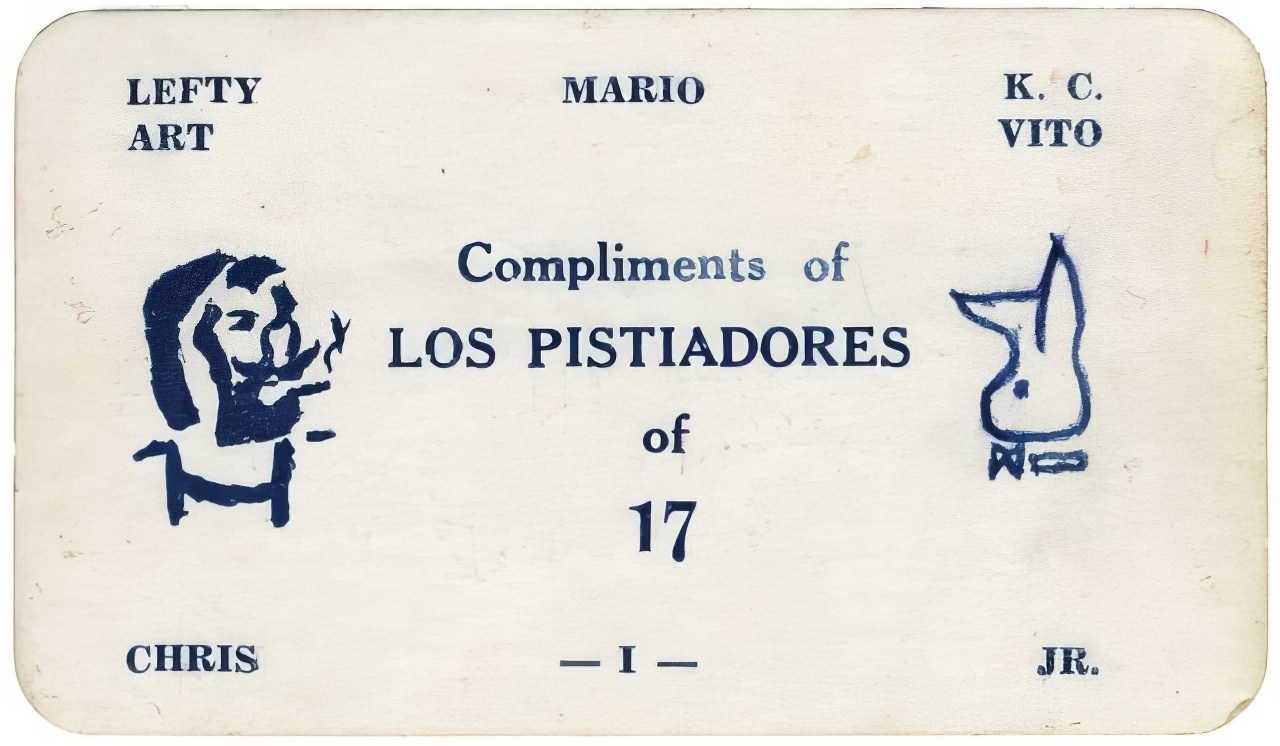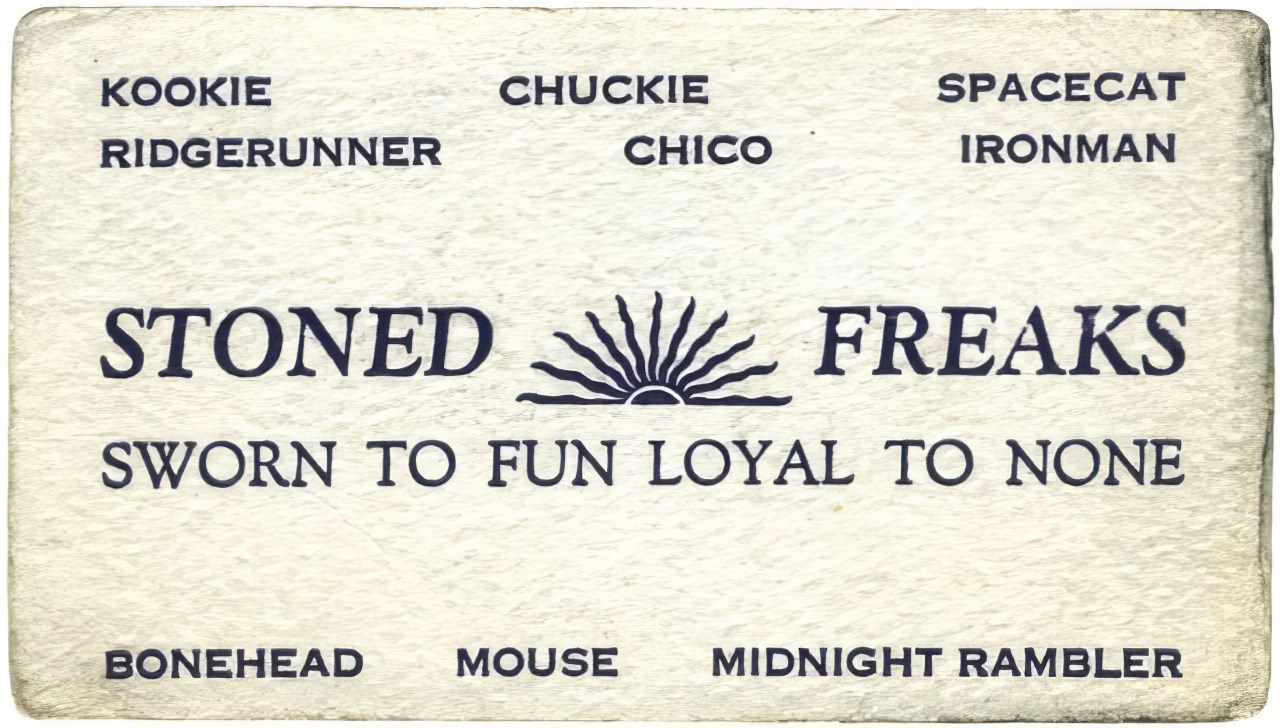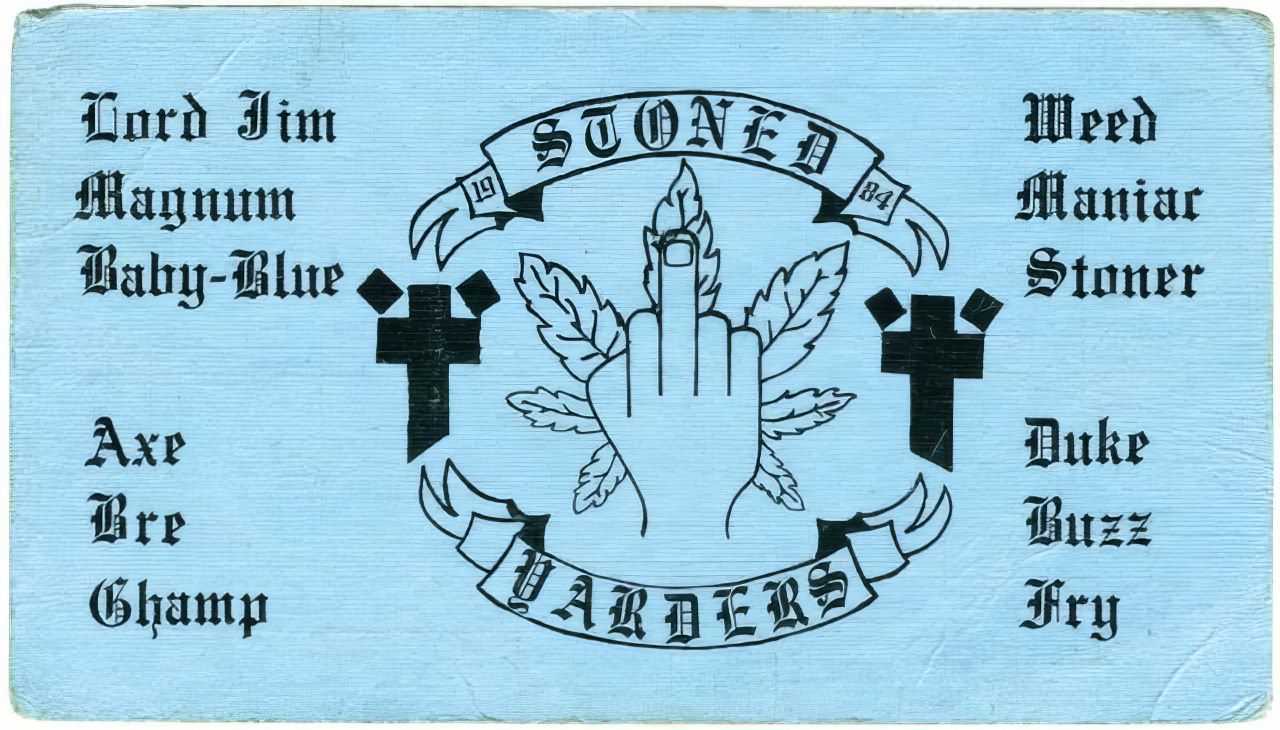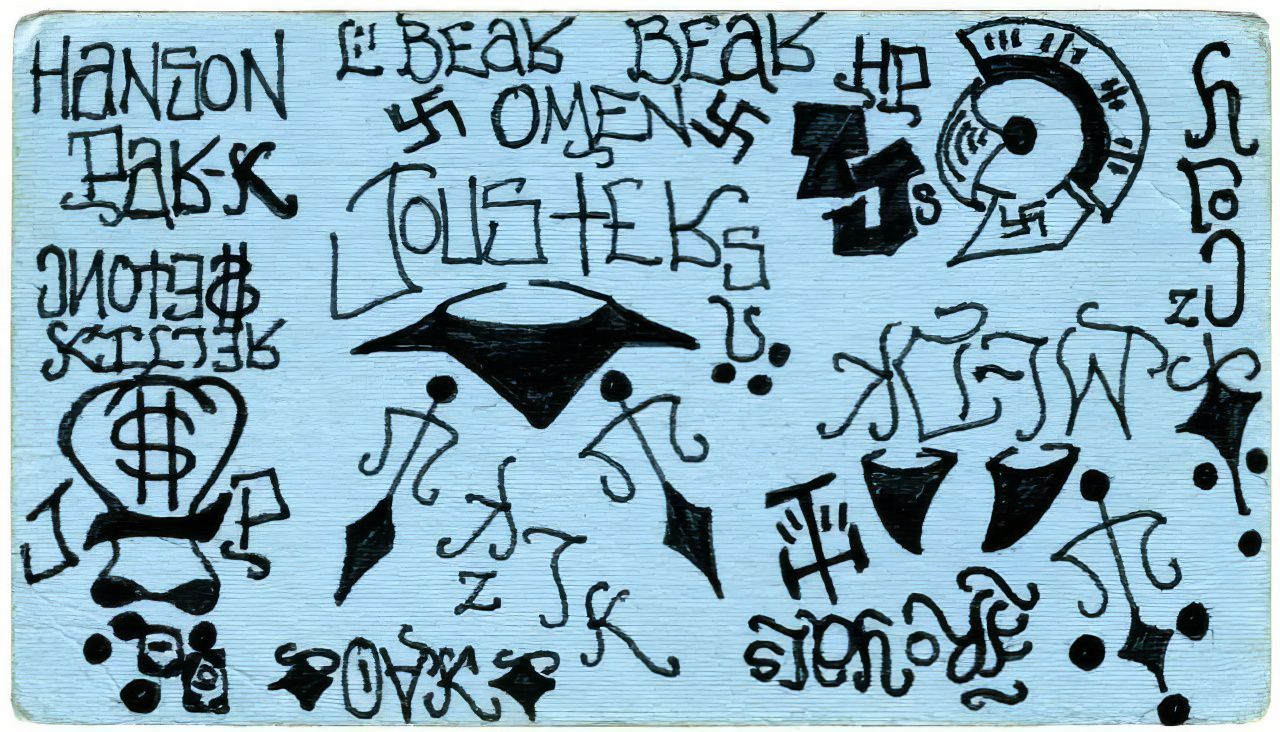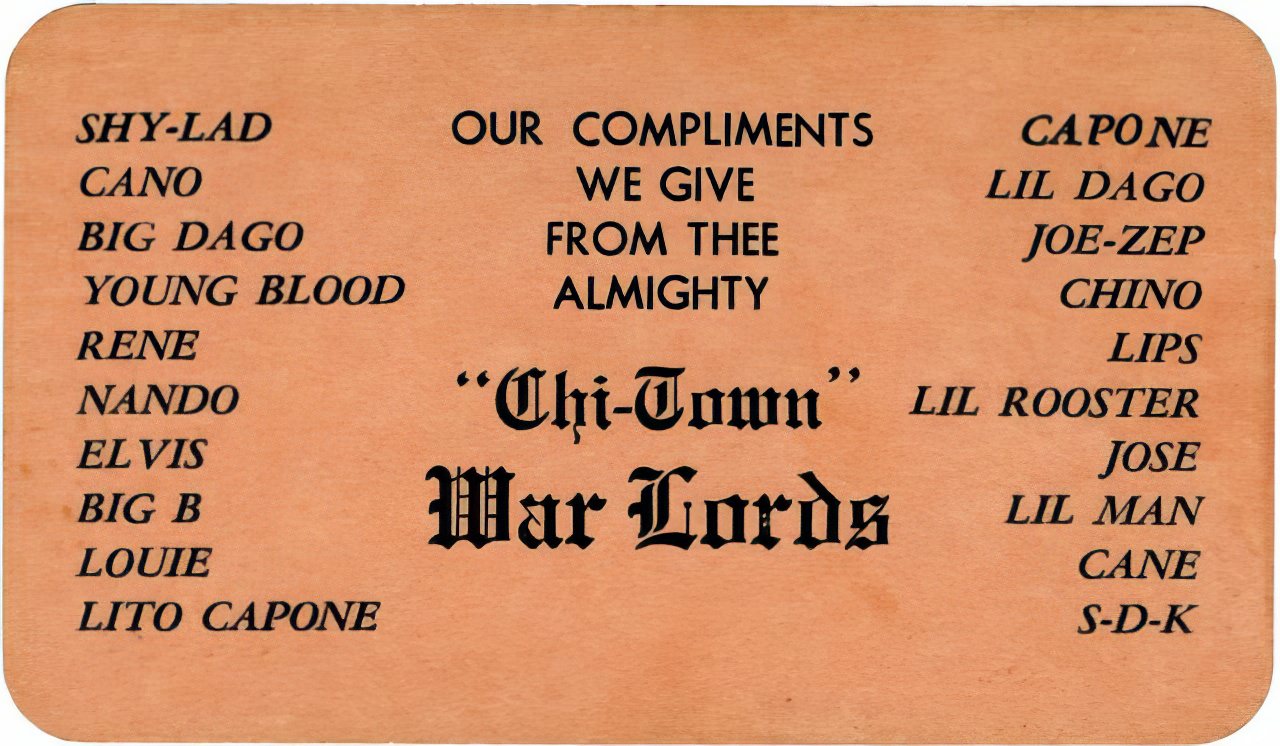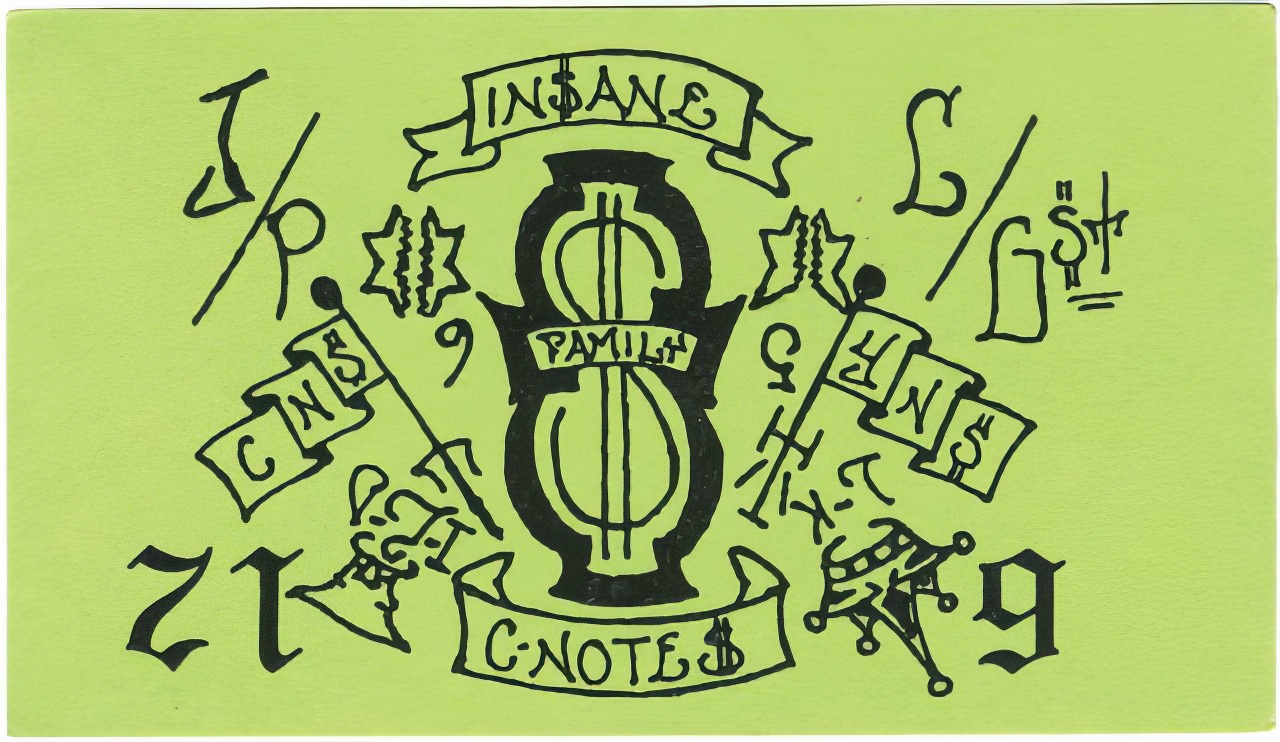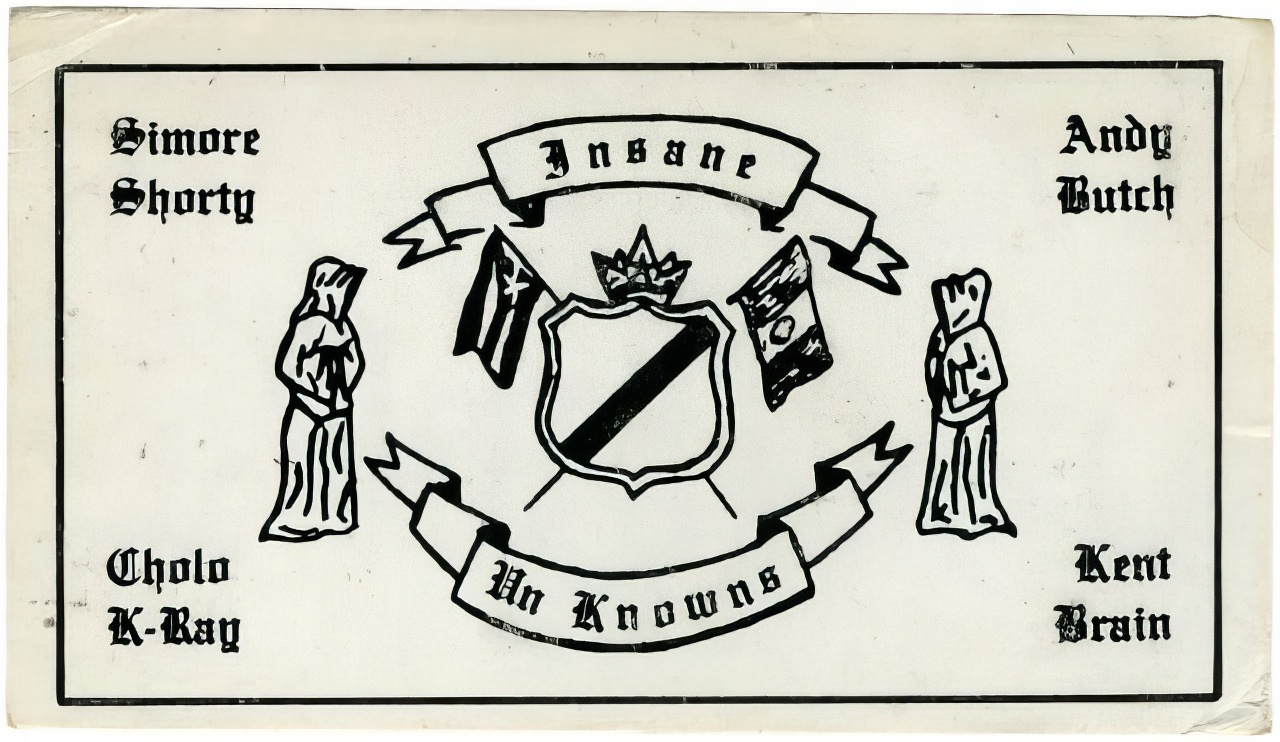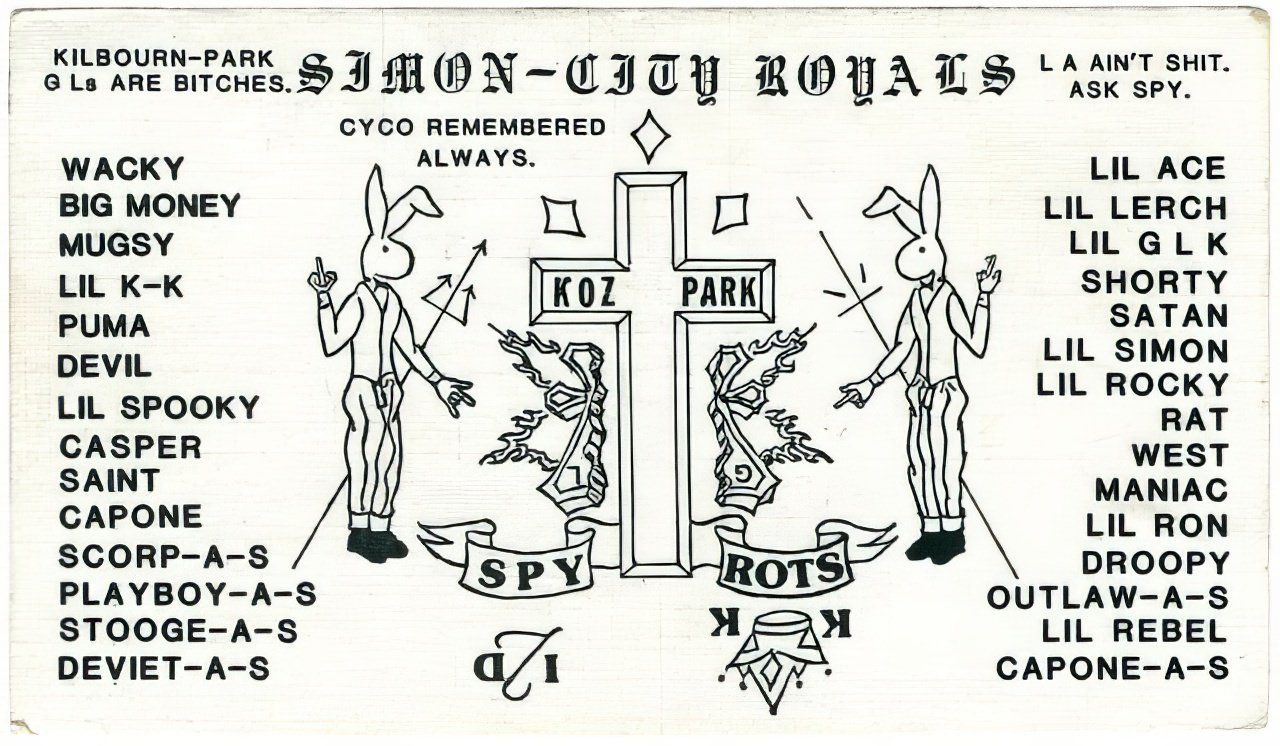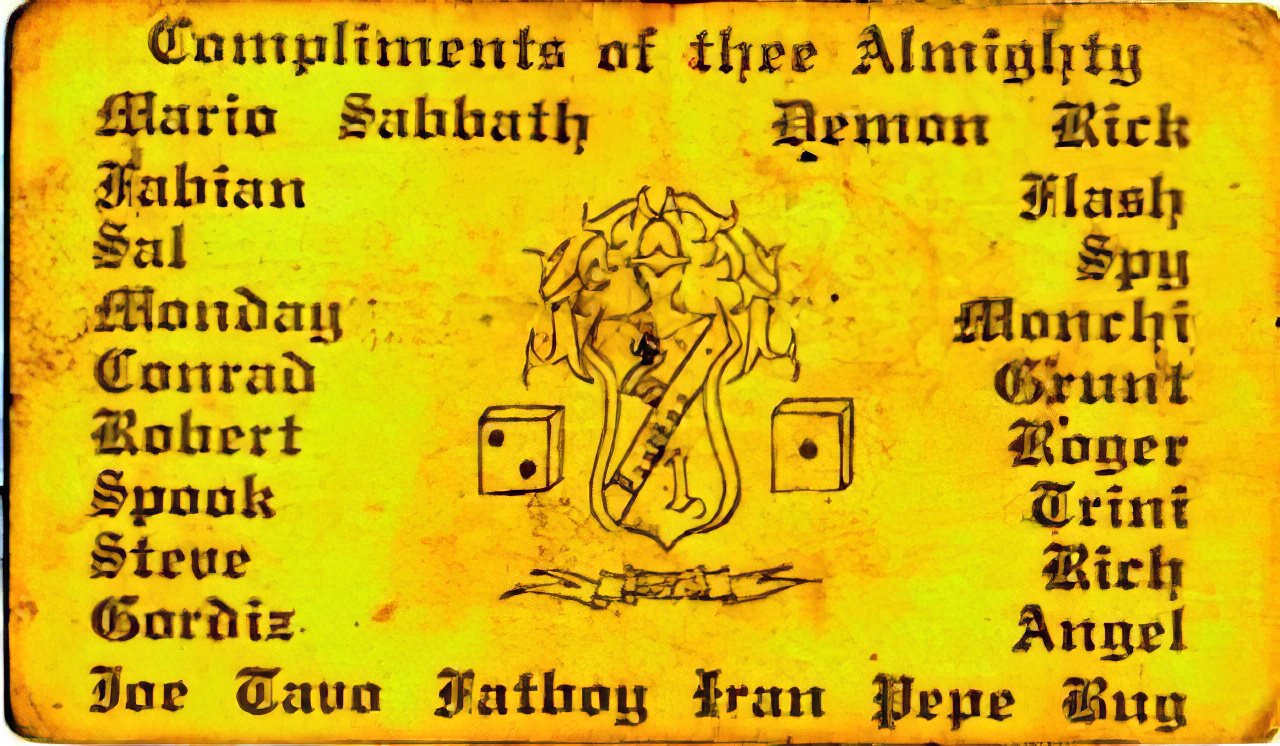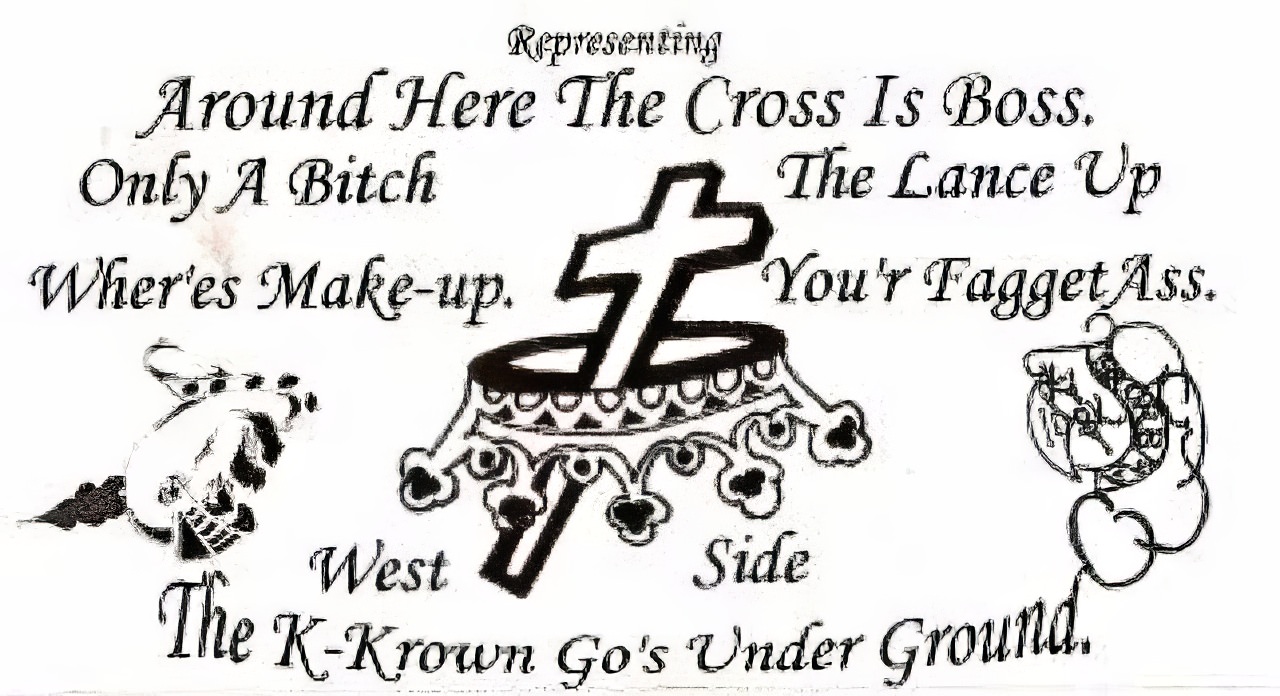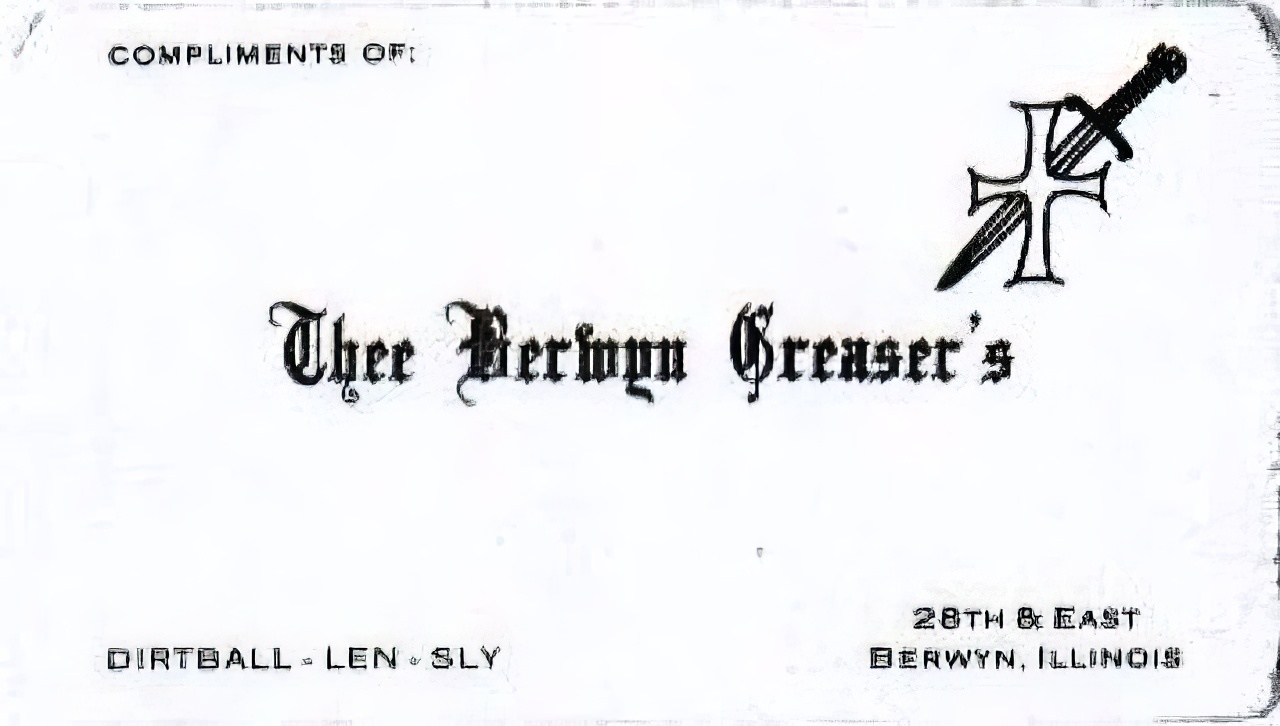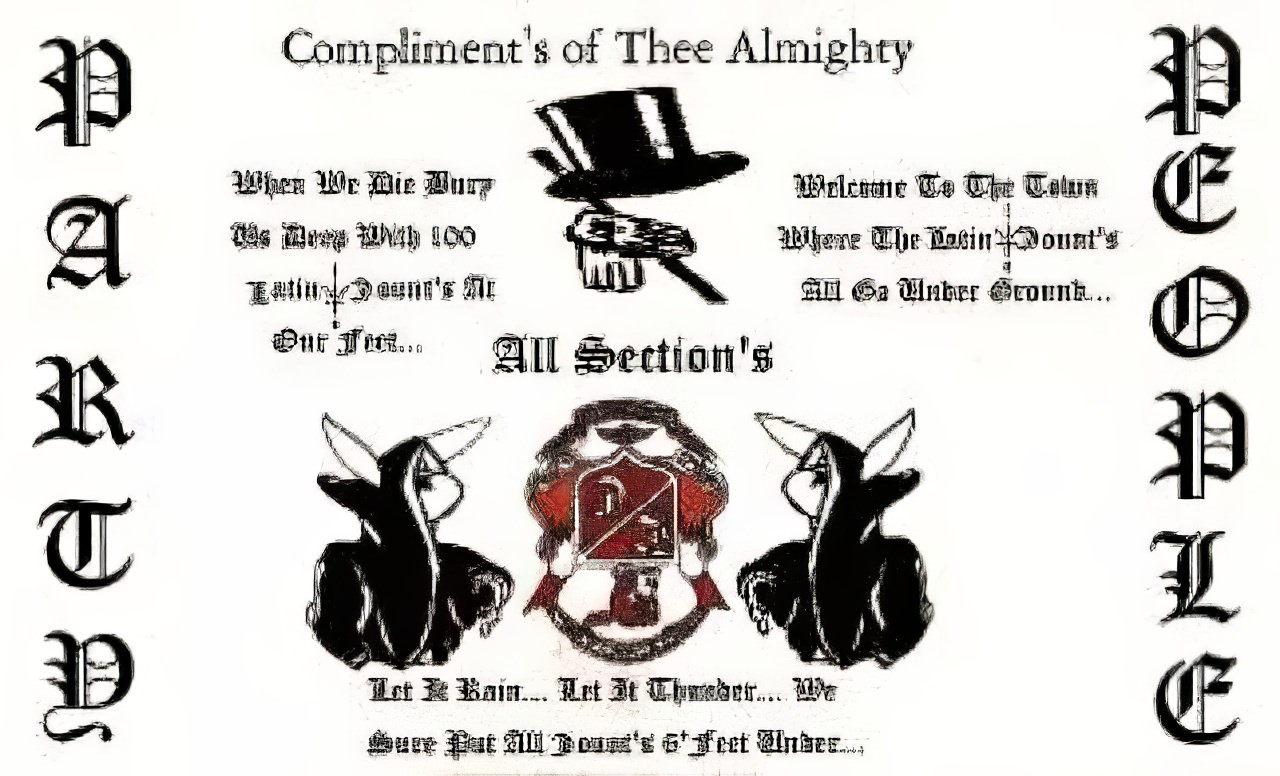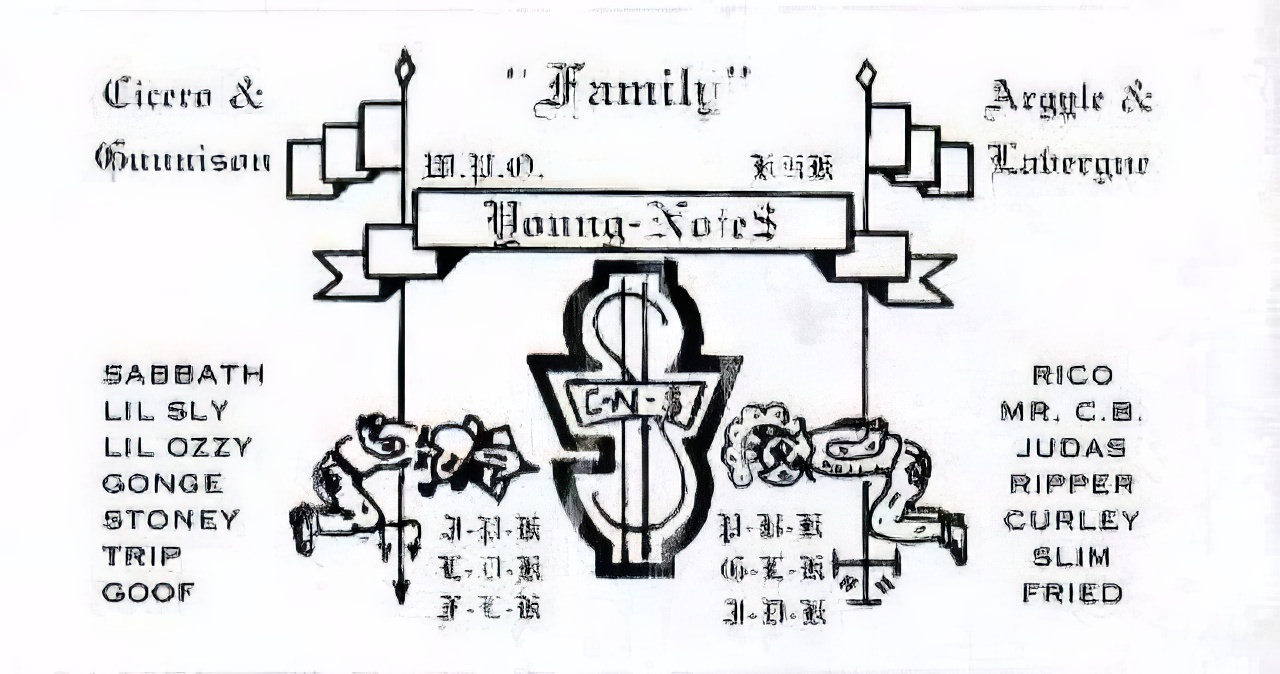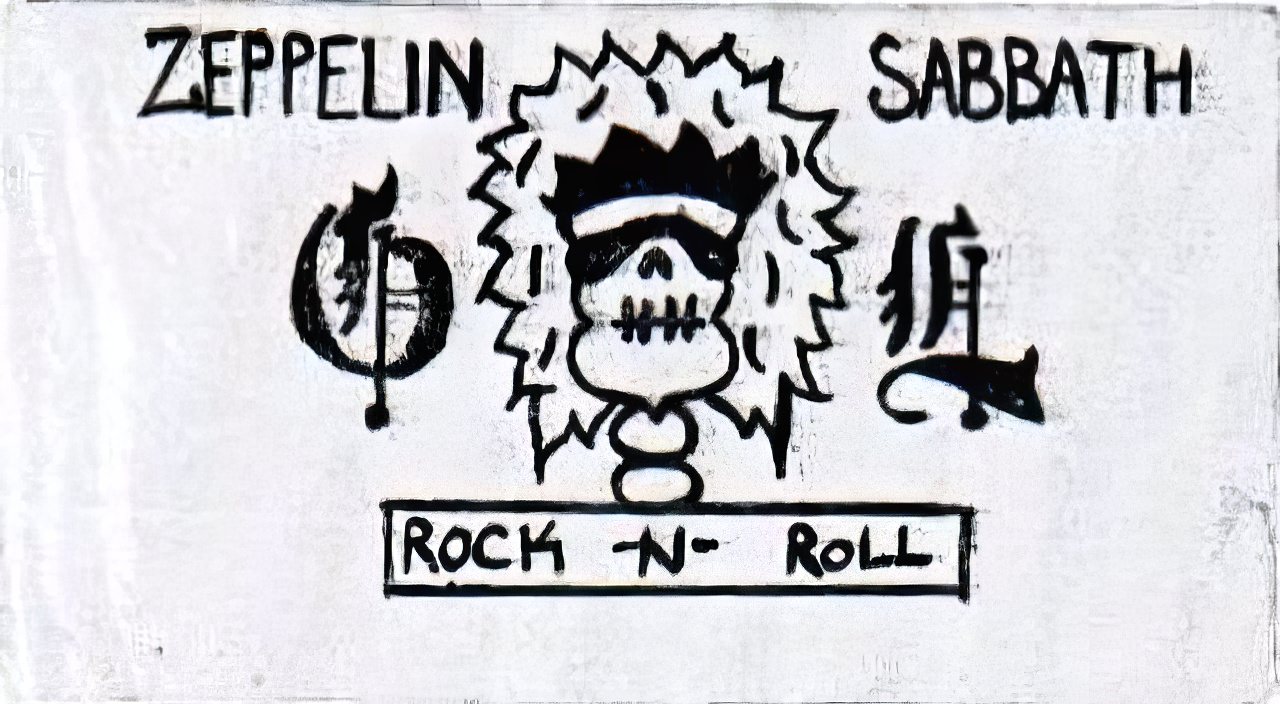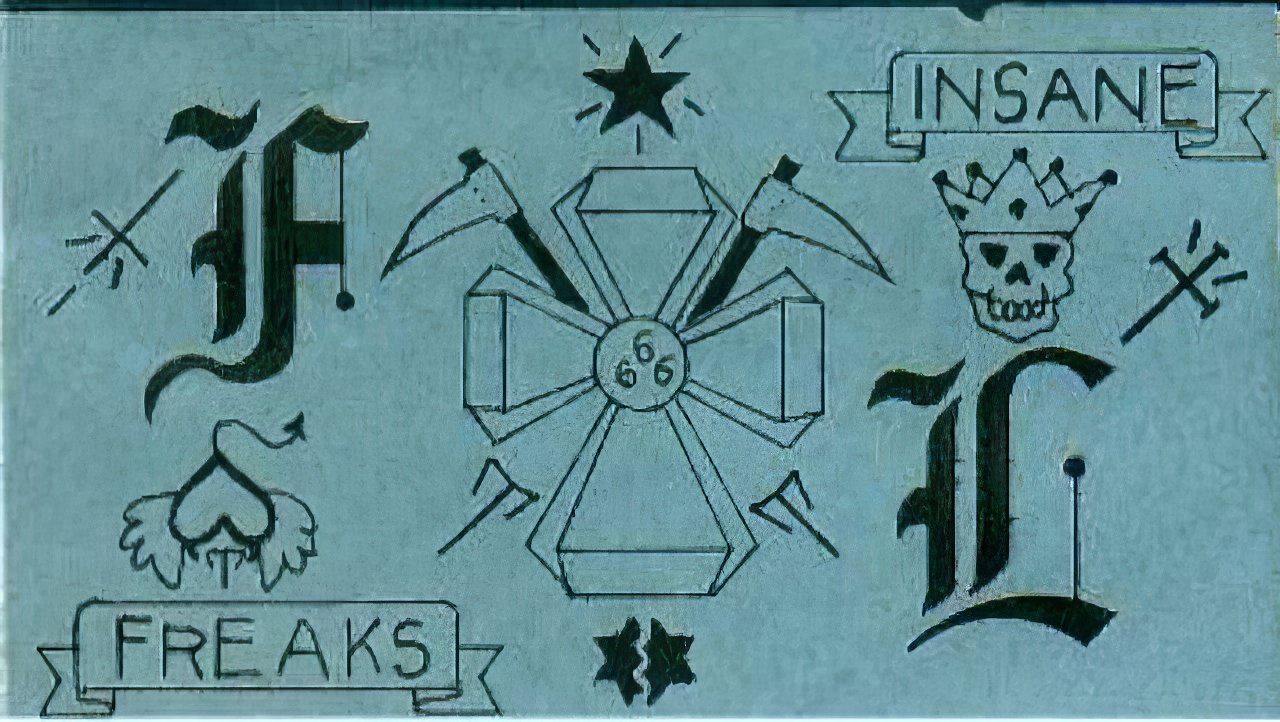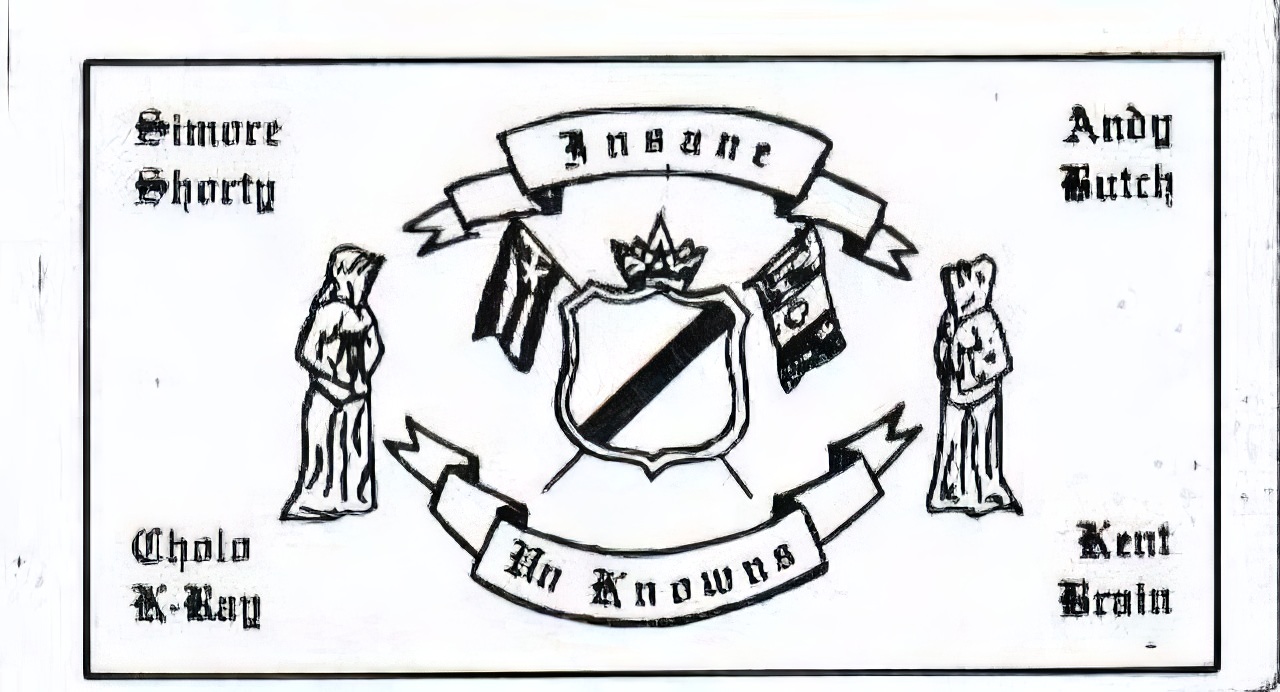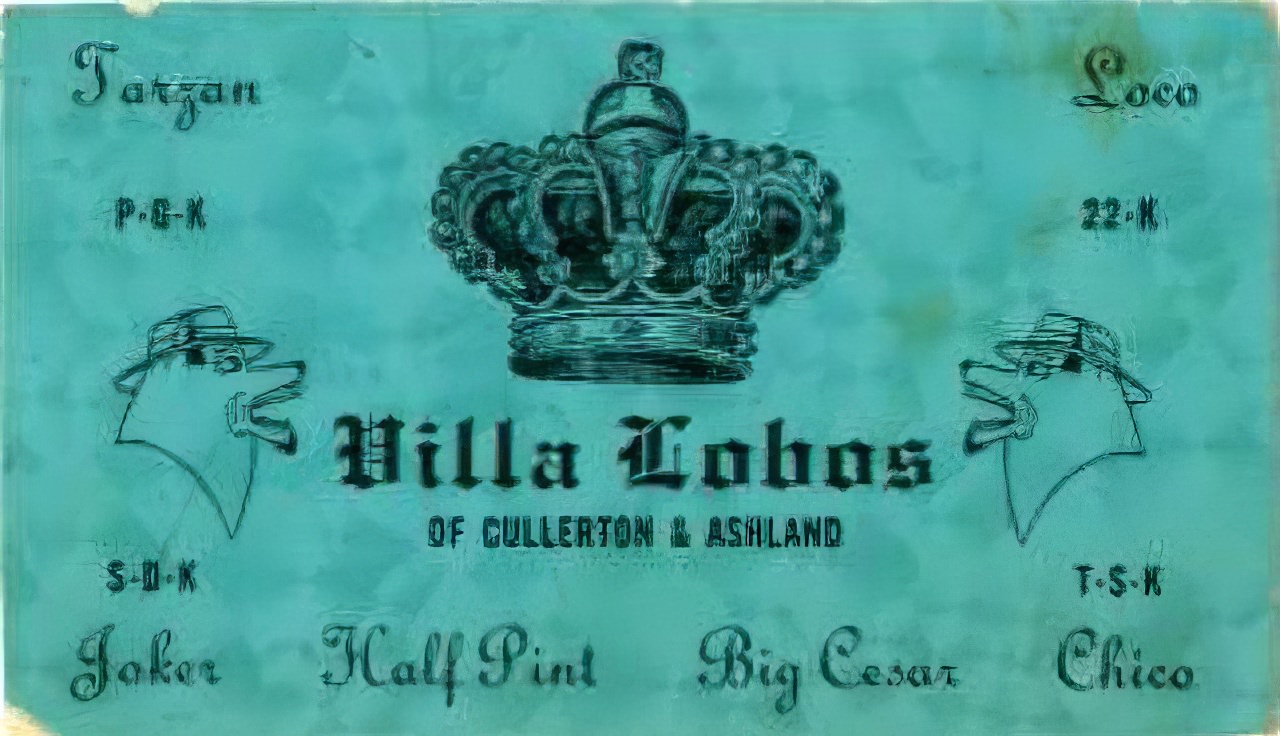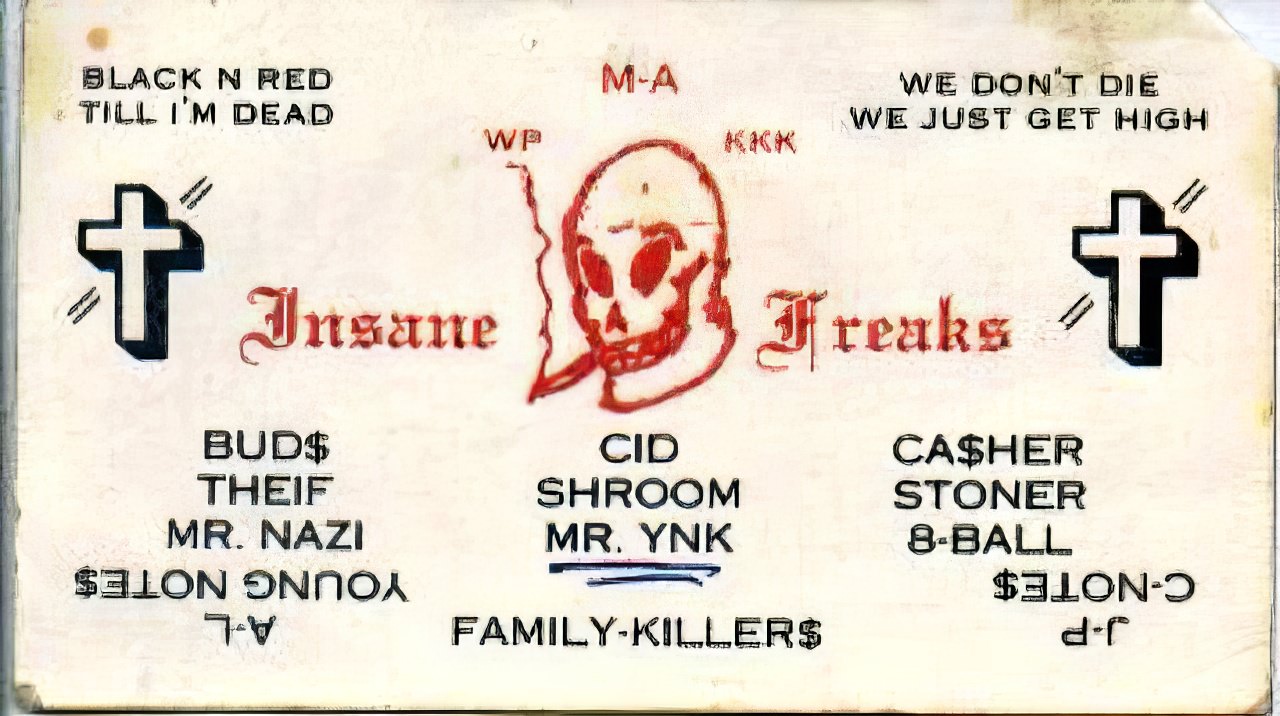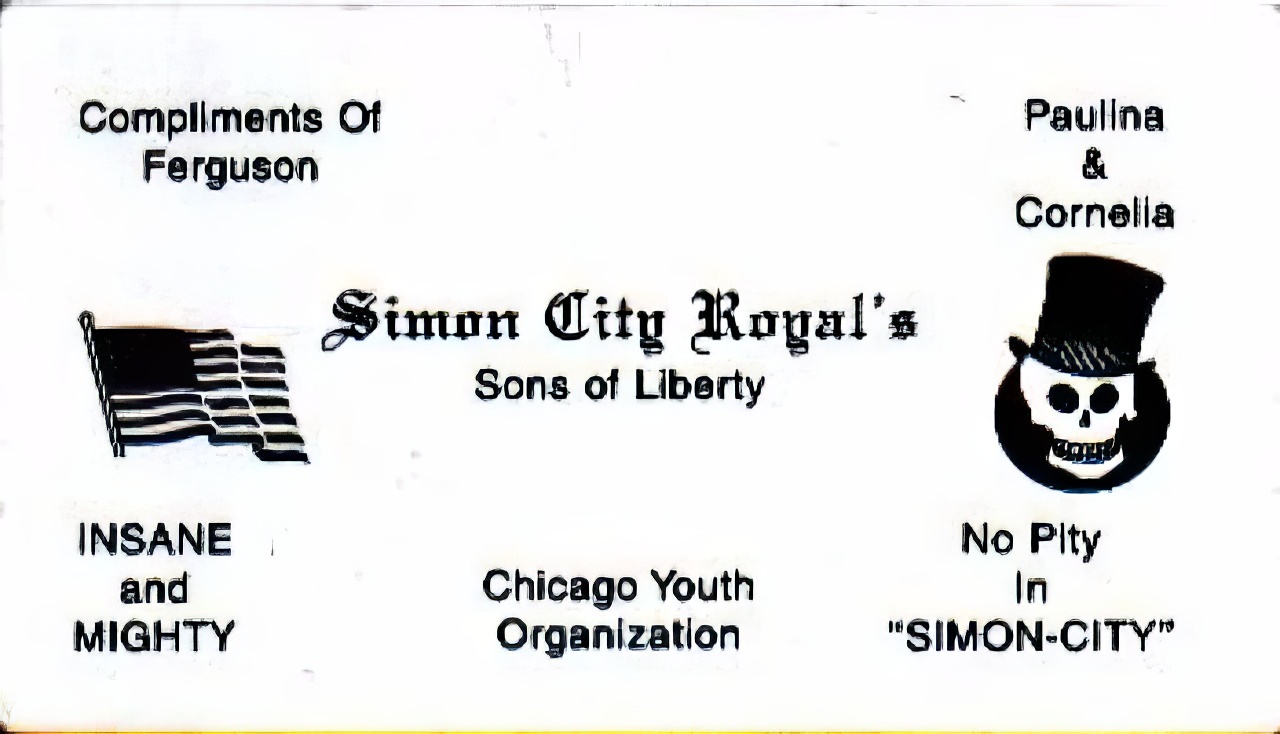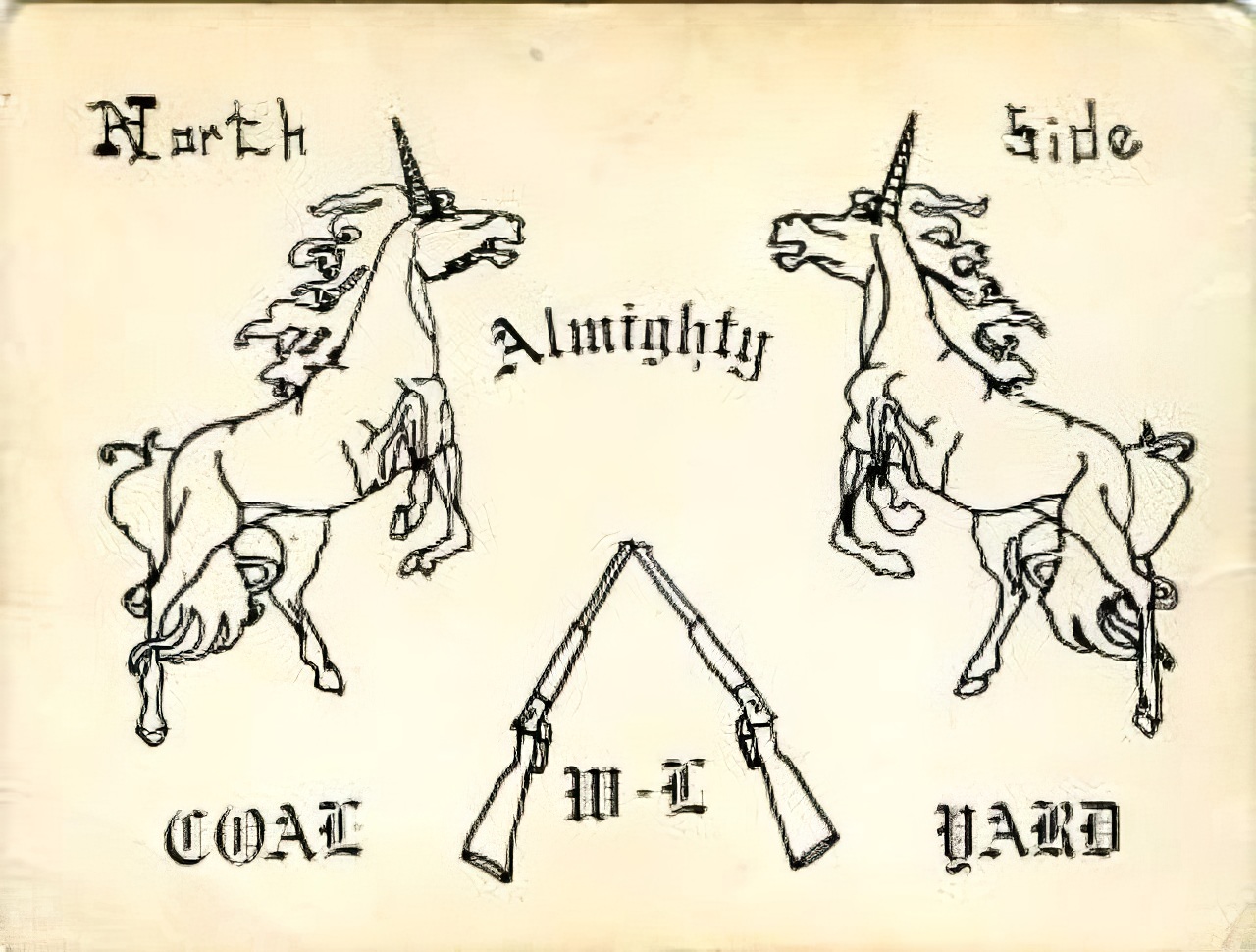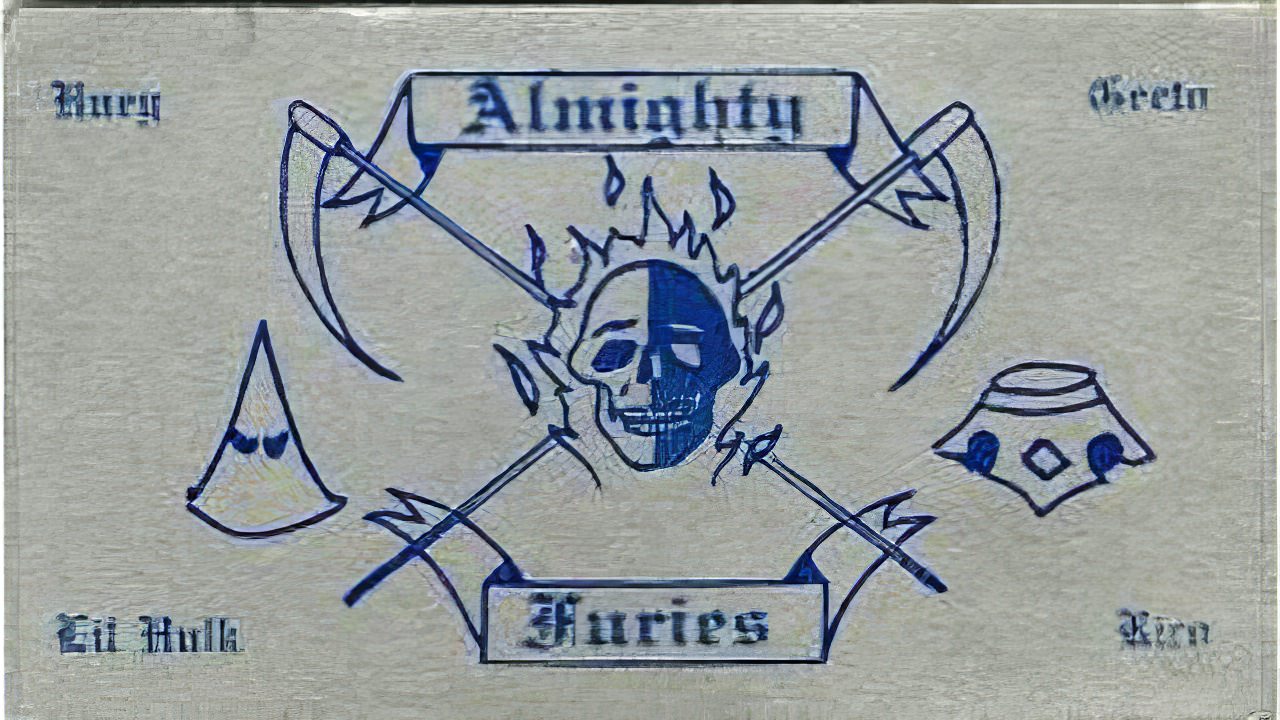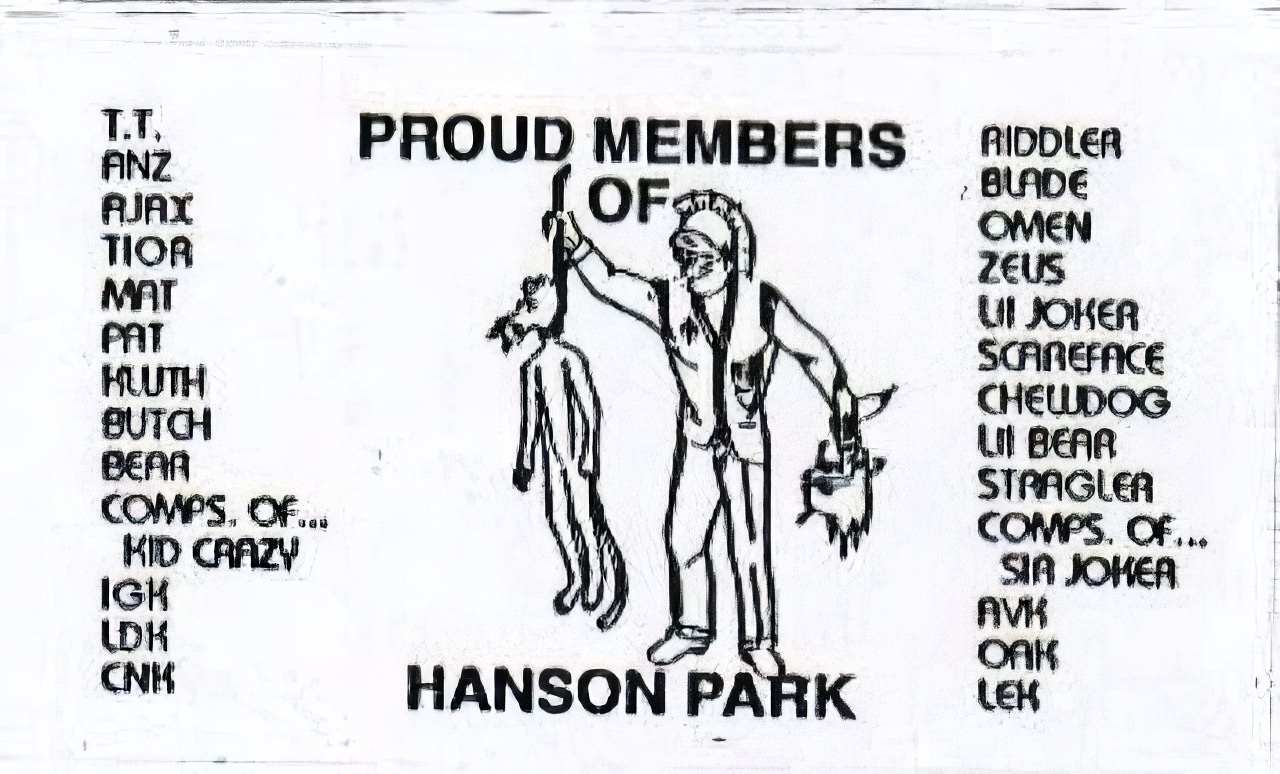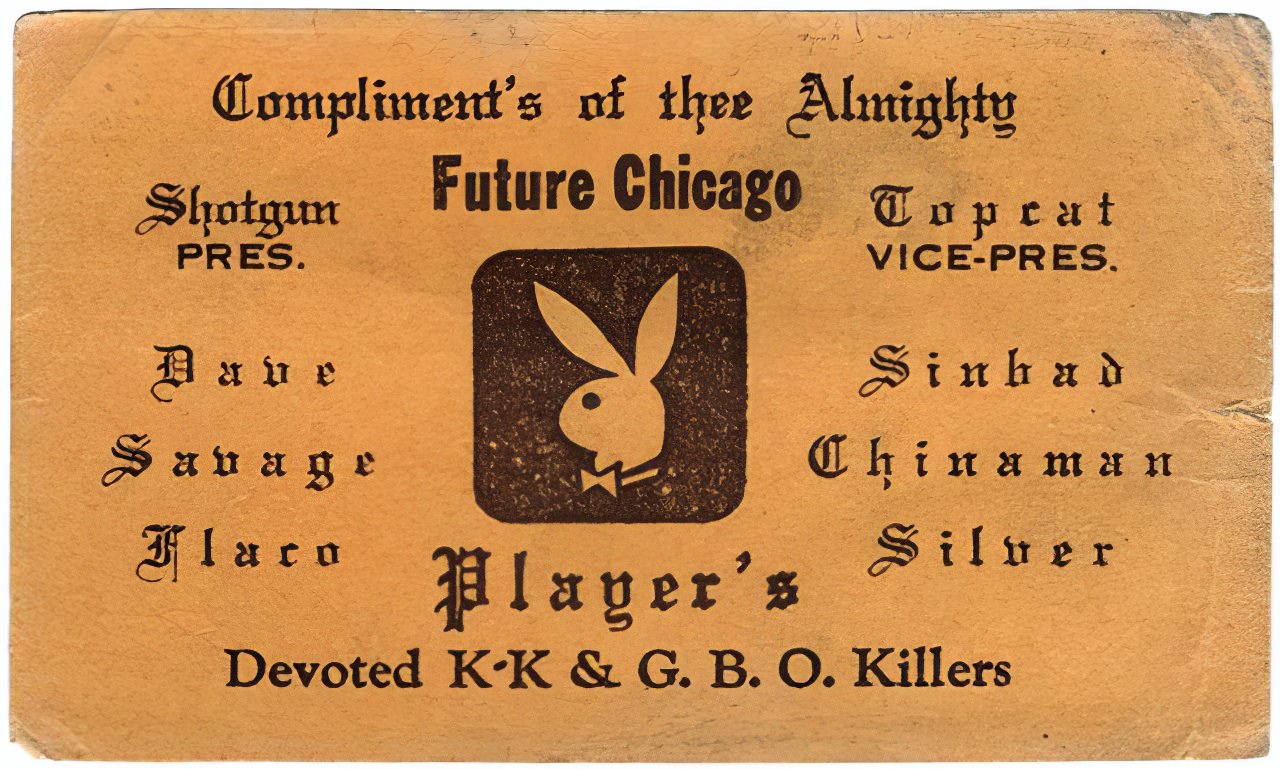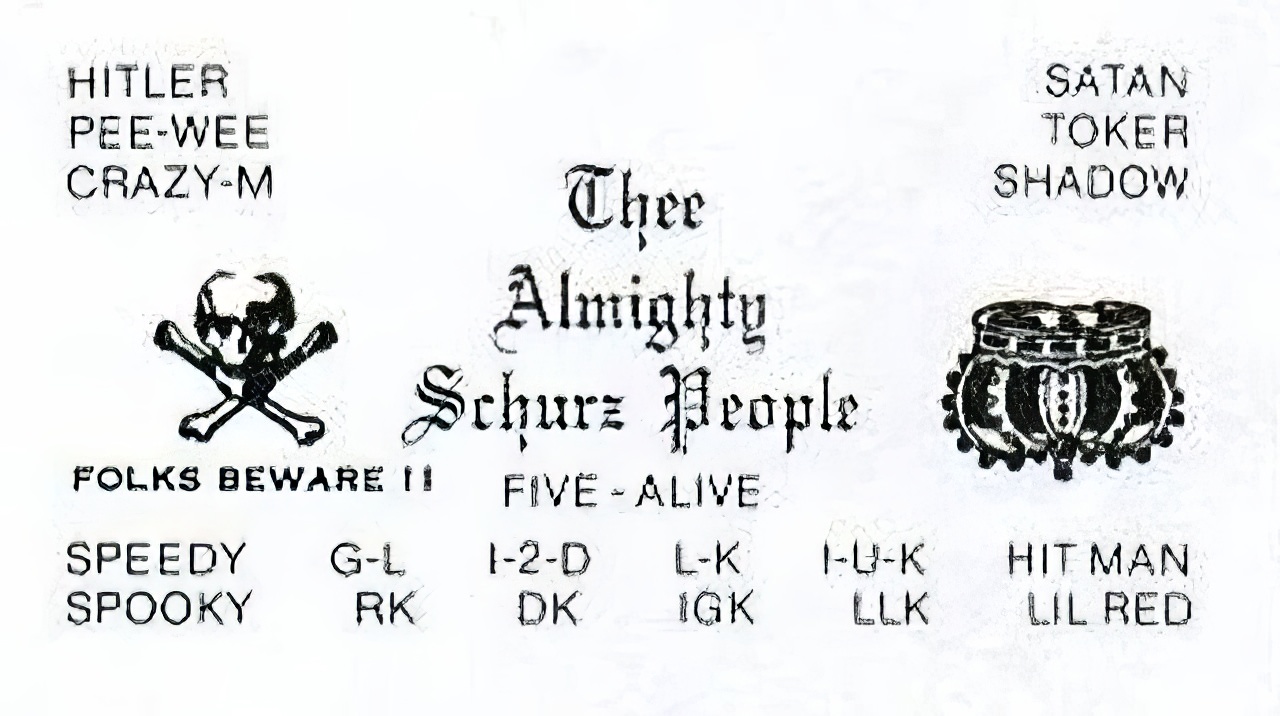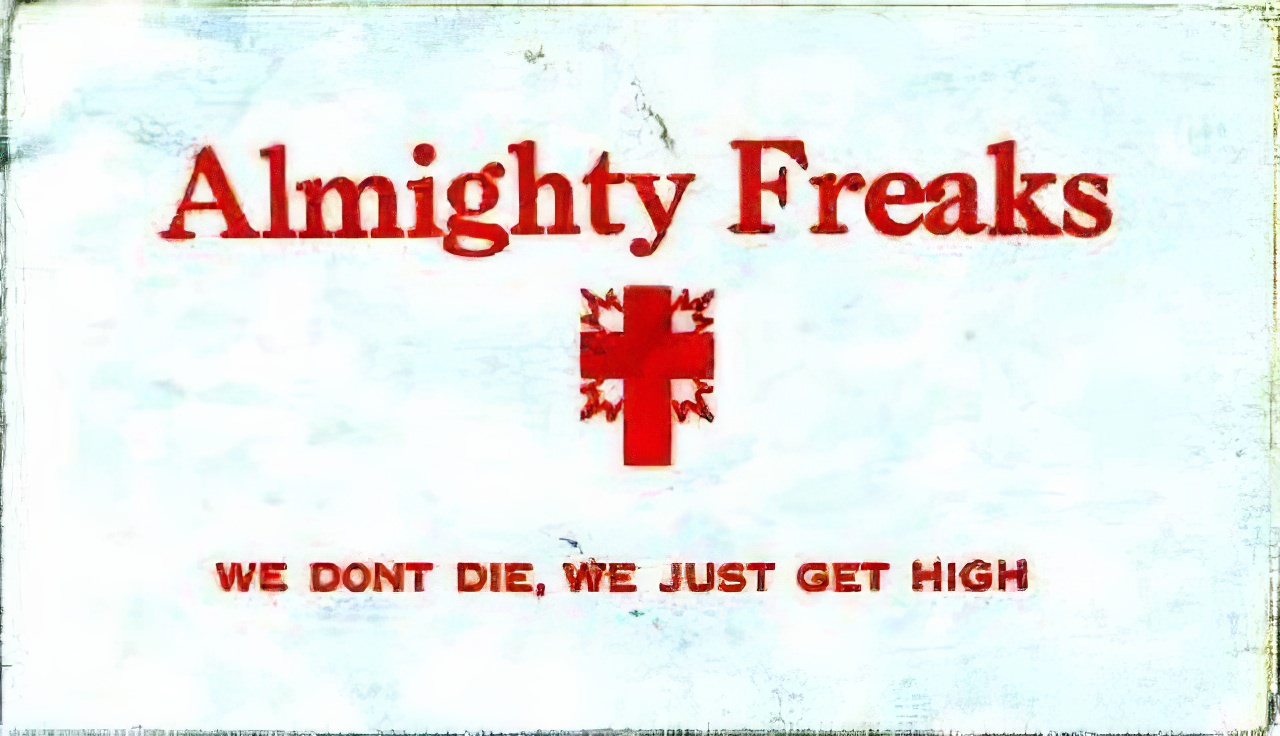The 1960s and 70s Chicago was a city pulsing with life, music, and, unfortunately, a whole lot of gang activity. But these weren’t your typical, secretive gangs hiding in the shadows. They were bold, brash, and they even had business cards. Yep, you read that right. Business. Cards.
These weren’t your run-of-the-mill, “Hello, my name is…” cards either. These were custom-made mini-billboards, announcing their gang’s name, territory, and sometimes even their rivals. It was like a twisted form of advertising, but instead of selling products, they were selling intimidation and power.
Gang Identity
Before social media, gangs needed a way to establish their identity and mark their territory. Sure, they had graffiti and colors, but those were just part of the equation. Enter the gang business card: a small, tangible piece of evidence that screamed, “We’re here, and we mean business.”
These cards were a way to recruit new members, intimidate rivals, and even warn off potential victims. It was like saying, “Here’s who we are, and you don’t want to mess with us.”
Designs as Bold as Their Reputations
The designs on these business cards were as diverse as the gangs themselves. Some were simple and straightforward, with just the gang’s name and logo. Others were more elaborate, featuring hand-drawn illustrations, clever slogans, and even threats.
Take the “Insane Unknowns,” for example. Their card featured a skull and crossbones, along with the ominous message, “We come to kill, not to play.” The “Blackstone Rangers” opted for a more artistic approach, with a detailed illustration of a knight on horseback.
But not all cards were menacing. Some were surprisingly humorous, with silly rhymes and cartoon characters. The “Insane Popes,” for instance, had a card that read, “We’re the Popes, we’re insane, we’ll blow out your brain.” It was a strange mix of intimidation and absurdity.
The fonts were often bold and aggressive, the colors were often dark and menacing, and the imagery was often violent or threatening. Some cards even featured the names of the gang’s enemies, crossed out or riddled with bullet holes. It was a way of sending a message without saying a word: “We’re not afraid of you.”


